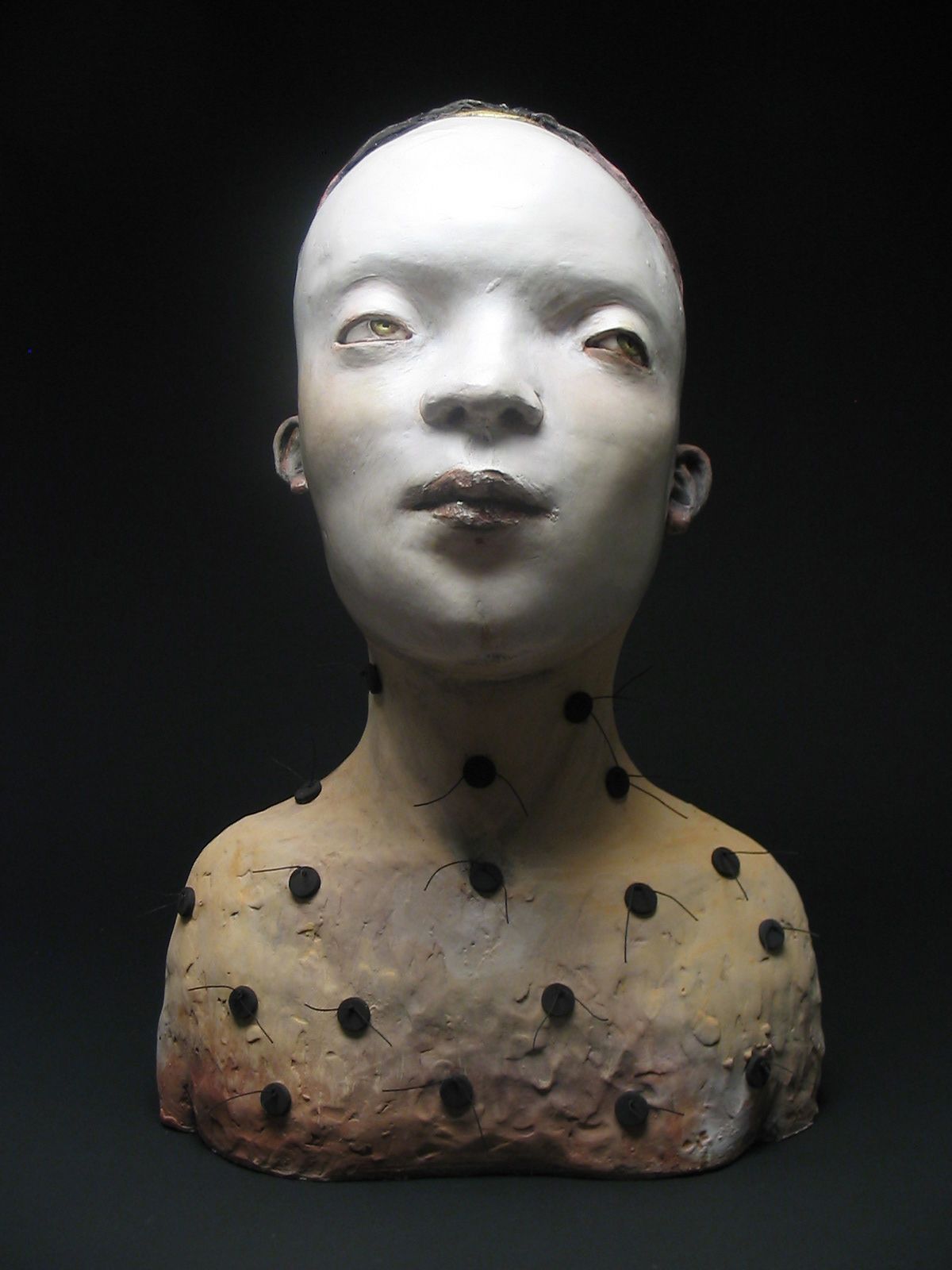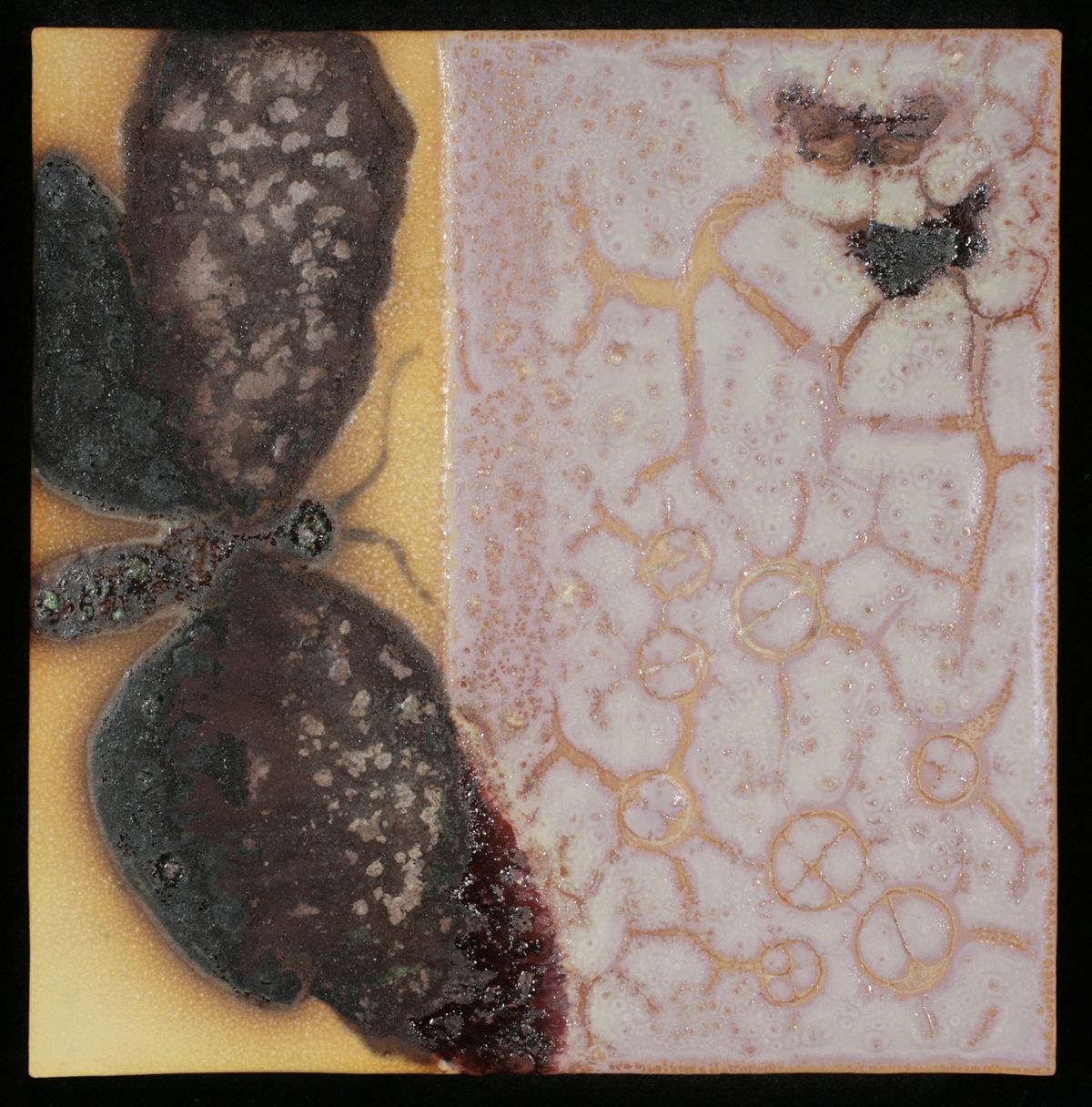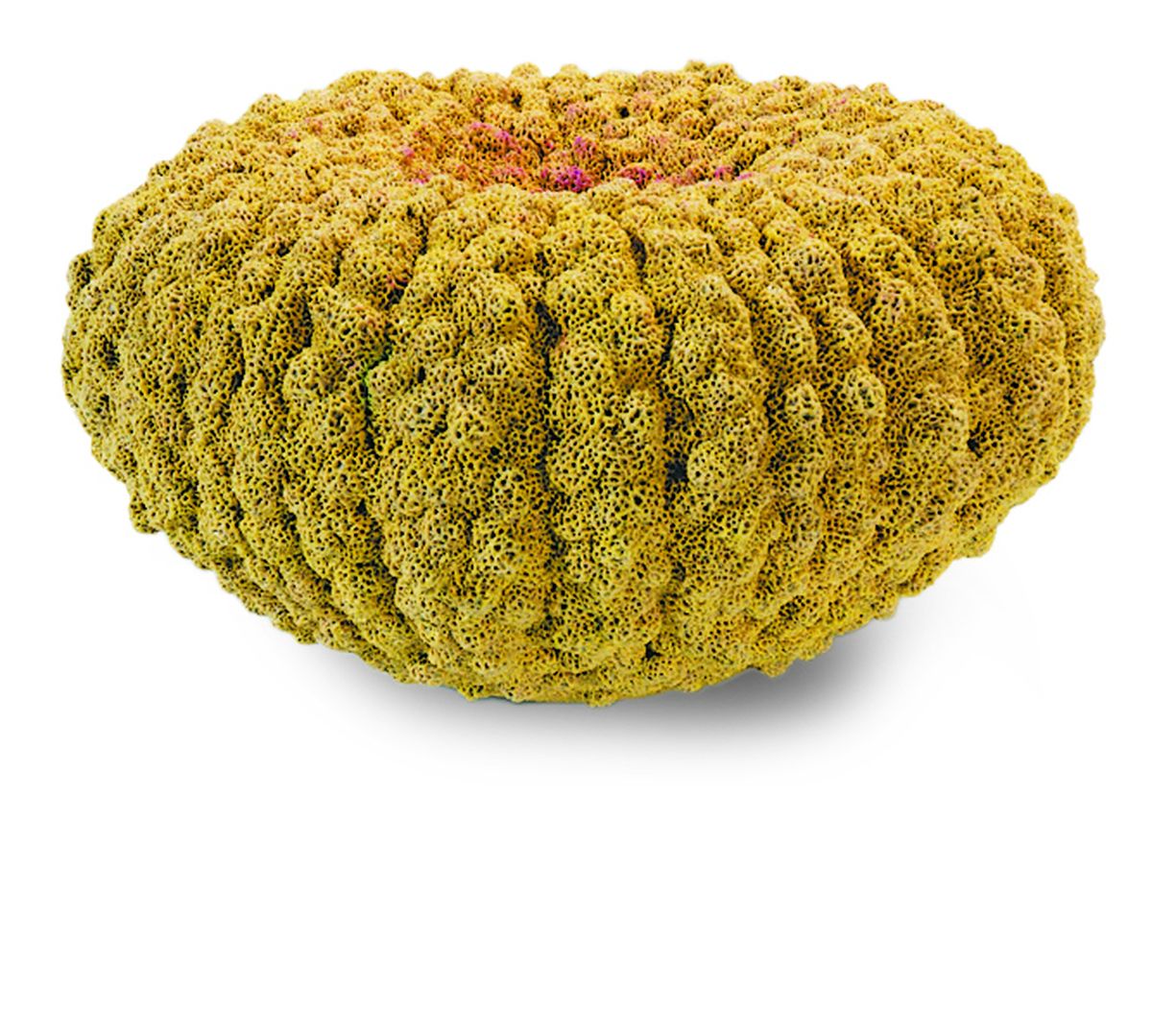On the Wall: Expect big things at EWU’s small-scale ceramic show
“Moths and Wheels” by Susan Clusener.Photo courtesy of Susan Clusener (Photo courtesy of Susan Clusener / The Spokesman-Review)
Susan Clusener values the process of creating from clay as much as the end product.
“With clay I find something I can’t find anywhere else in life. It has a rhythm that fits me, a different sense of time,” says Clusener, an exhibitor in “Two by Two,” Eastern Washington University’s small-scale ceramic sculpture show.
“It seems that most people live lives that run at the speed of cars, planes, satellites and cell phones, with mass production, computers and commercials bringing us split second products, answers and desires,” adds the Nipono, Calif., artist.
“Nothing is intrinsically wrong with more, faster, cheaper, but there exists a pace that is like clouds moving across the sky – time’s other way of being.”
Her artist’s statement sheds light on the time-laden process of creating ceramic sculpture, even for small works.
It entails many steps, from drawing initial sketches and acting on creative sparks; to modeling forms, either thrown on a wheel or hand-built with coils, pieces and panels from heavy slabs of clay; to adjoining and strengthening the parts, then carving, manipulating, balancing and smoothing; adding textures and experimental materials; and hollowing, or working with molds.
Then glazing, firing, more glazing, and more firing, moving pieces in and out of the kiln with skillful timing and steady endurance to withstand happy accidents or maddening mistakes, dealing with cracks and breakage, or things gone awry – all leading to the joy and satisfaction of bringing an initial idea through the motions and blazing fires into graceful, three-dimensional being.
“Making my best work is not about progress and getting a lot done, but about striving higher, seeing more, growing deeper, touching upon some of the invisibles in life,” writes Clusener, “and every once in a while – magic – making them visible.”
Clusener is one of 18 artists selected for the biennial EWU show, in its fourth season, from applicants throughout the United States.
Juried by Ann Christenson, professor of ceramics at Washington State University, and Elisa Nappa, associate professor of art and department chair at EWU, it brings a diverse array of styles, techniques and artistic expression to the region. The only restriction is a maximum size of 2 square feet.
The opening reception is today at noon in EWU’s Gallery of Art. Among the other artists in the exhibit:
•Vince Palacios, of Macomb, Ill., explores new methods of drawing on his ceramic forms as he examines biblical, mythological and scientific themes in nature.
“Frog and Rabbit Series: The Tribute” shows cross sections of dissected organs and wide-eyed frogs which appear to sense their destiny in the laboratory, giving pause to scientific discovery.
“Instead of drawing with my own hand, I have been employing decal images of different line qualities from different time periods and different artists,” which he fuses onto his high-fired, clear-glazed forms, Palacios wrote.
“The decals are cut and collaged in many layers and fired many times to create the elaborate imagery and narrative,” he said. The time-consuming process “may take up to 20 hours to complete a single piece.”
•Gregory Pierce, from Kennewick, uses “regional rock materials within a casting and fusion process to create fragmented abstractions of time and place.”
“Reference Point” is composed of layered granite, basalt, chert, silica and glaze, revealing aspects of time through sedimentary strata. A seemingly hand-cut, conic shape, buried under layers near the center, provokes a sense of wonder.
“Through a confluence of material, memory, and place I aim to link our experience of the natural world with human imagination,” Pierce said.
•Spokane’s Chris Tyllia, who teaches advanced ceramics at EWU, creates naturalistic rocks and minerals in his studio, mixing powders, formulas and glazes that he fires in clay crucibles in the kiln.
“My quest is to discover what constitutes the consummatory stone; an illusive goal,” he said. “However, my delving leaves me questioning the distinctions between a natural object versus a created one.”
•Another regional artist, Todd Volz of Moscow, Idaho, is exhibiting “Apparatus #13,” an invention made of stoneware, rubber hoses and an industrial belt.
His imaginative mixed-media contraptions reference 19th century inventions and mechanical machinery. Volz utilizes wheel throwing, hand building and press molding.
•Kelly Garrett Rathbone studied at Parsons School of Design in New York, The School of the Art Institute of Chicago and The Florence Academy of Art in Italy.
The Newcastle, Maine, artist’s “Mistranslation of Eden” stirs the emotions.
The sculpture embodies the adjoining heads of Adam and Eve, supported by two wooden poles. It is after taking in the initial beauty of Rathbone’s classical forms that one notices the subtle abnormalities and deformities she incorporates, along with a great sense of sorrow.
Two nodulous golden horns, not unlike those of Michelangelo’s Moses, form on Eve’s temples, in the same location that Adam wears a gold band supporting a crown of golden, apple-shaped forms. The apple-like forms atop Eve’s head have turned a ghostly white.
“I was raised with a strong foundation in Christianity,” wrote Rathbone. “This fueled my interest and focused my attention to our ‘vices’ that we as human beings struggle with, and our search for significance and salvation.”
“I focus on the power of the unnatural or deformed as metaphors for personal insecurities,” she said, “yet I try to present them as ultimately more interesting, thought-provoking and beautiful.”
The exhibition also includes works by regional artists Meghan Hartwig of Seattle and Donna Flanery of Helena, as well as ceramic artists from across the nation, from Hawaii to New York, including Angela Cunningham, Jenny Dowd, Sarah Hicks, Nicole Roberts Hoiland, Virginia Jenkins, Adam Paulek, Charlene Doiron Reinhart, Julie Tesser, Sandra Trujillo and Suzanne Wolfe.




